Home » Application » Power Electronics Applications In Wind Energy Conversion System
Power Electronics Applications In Wind Energy Conversion System
Soft Starting with Thyristors
If you switched a large wind turbine on to the grid with a normal switch, the neighbours would see a brownout (because of the current required to magnetize the generator) followed by a power peak due to the generator current surging into the grid.
Another unpleasant side effect of using a "hard" switch would be to put a lot of extra wear on the gearbox, since the cut-in of the generator would work as if you all of a sudden slammed on the mechanical brake of the turbine. To prevent this situation, modern wind turbines are soft starting, i.e. they connect and disconnect gradually to the grid using thyristors, a type of semiconductor continuous switches which may be controlled electronically. Thyristors waste about 1 to 2 per cent of the energy running through them. Modern wind turbines are therefore normally equipped with a so called bypass switch, i.e. a mechanical switch which is activated after the turbine has been soft started. In this way the amount of energy wasted will be minimized.

PWM IGBT Rectifier and Inverter
A device that converts dc power into ac power at desired output voltage and frequency is called an Inverter.
Voltage Source Inverter is one in which the dc source has small or negligible impedance. In other words, a voltage source inverter has a stiff voltage source at its input terminals.
AC loads may require constant or adjustable voltage at their input terminals. When such loads are fed by inverters, it is essential that output voltage of the inverters is so controlled as to fulfill the requirements of the ac loads.
PWM control is a method to control the output voltage that is widely in application. In this method, a fixed dc input voltage is given to the inverter and a controlled ac output voltage is obtained by adjusting the on and off periods of the inverter components.
The advantages possessed by PWM technique are as under:
i.The output voltage control with this method can be obtained without any additional components.
ii.With this method, lower order harmonics can be eliminated or minimized along with its, output voltage control. As the higher order harmonics can be filtered easily, the filtering requirements are minimized.
The insulated gate bipolar transistor or IGBT is a three-terminal power semiconductor device, noted for high efficiency and fast switching. Since it is designed to rapidly turn on and off, amplifiers that use it often synthesize complex waveforms with pulse width modulation and lowpass filters.
Wind Generation System Description Using PWM IGBT Converters
Converter System
The voltage-fed converter scheme used in this system is shown. A vertical (or horizontal) wind turbine is coupled to the shaft of a squirrel cage induction generator through a speedup gear ratio (not shown). The variable frequency variable voltage power from the generator is rectified by a PWM IGBT (insulated gate bipolar transistor) rectifier. The rectifier also supplies the excitation need of the machine. The inverter topology is identical to that of the rectifier, and it supplies the generated power at 60 Hz to the utility grid.
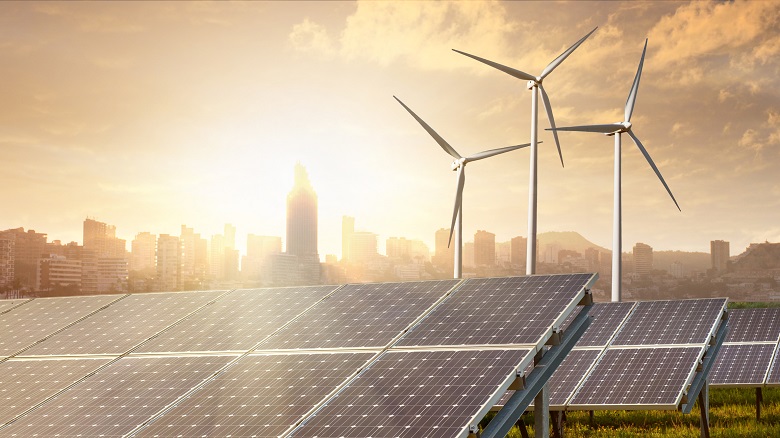
STATCOM
A STATCOM or Static Synchronous Compensator is a regulating device used on alternating current electricity transmission networks. It is based on a power electronics voltage-source converter and can act as either a source or sink of reactive AC power to an electricity network. If connected to a source of power it can also provide active AC power.
A STATCOM works by rebuilding the incoming voltage waveform by switching back and forth from reactive to capacitive load. If it is reactive, it will supply reactive AC power. If it is capacitive, it will absorb reactive AC power. This is how it acts as a source/sink.
Uses
Usually a STATCOM is installed to support electricity networks that have a poor power factor and often poor voltage regulation. There are a number of other uses for STATCOM devices including, wind energy voltage stabilisation, and harmonic filtering. However, the most common use is for voltage stability.
Back-to-back voltage source convertor is used in doubly fed induction generator which controls the grid and rotor currents. By controlling the rotor currents by the converter it is possible to adjust the active and reactive power fed to the grid from the stator independently of the generators turning speed. Rotor circuit is controlled by a power electronics converter, the induction generator is able to both import and export reactive power.
Salient advantages of the converter system include the following:
If you switched a large wind turbine on to the grid with a normal switch, the neighbours would see a brownout (because of the current required to magnetize the generator) followed by a power peak due to the generator current surging into the grid.
Another unpleasant side effect of using a "hard" switch would be to put a lot of extra wear on the gearbox, since the cut-in of the generator would work as if you all of a sudden slammed on the mechanical brake of the turbine. To prevent this situation, modern wind turbines are soft starting, i.e. they connect and disconnect gradually to the grid using thyristors, a type of semiconductor continuous switches which may be controlled electronically. Thyristors waste about 1 to 2 per cent of the energy running through them. Modern wind turbines are therefore normally equipped with a so called bypass switch, i.e. a mechanical switch which is activated after the turbine has been soft started. In this way the amount of energy wasted will be minimized.

PWM IGBT Rectifier and Inverter
A device that converts dc power into ac power at desired output voltage and frequency is called an Inverter.
Voltage Source Inverter is one in which the dc source has small or negligible impedance. In other words, a voltage source inverter has a stiff voltage source at its input terminals.
AC loads may require constant or adjustable voltage at their input terminals. When such loads are fed by inverters, it is essential that output voltage of the inverters is so controlled as to fulfill the requirements of the ac loads.
PWM control is a method to control the output voltage that is widely in application. In this method, a fixed dc input voltage is given to the inverter and a controlled ac output voltage is obtained by adjusting the on and off periods of the inverter components.
The advantages possessed by PWM technique are as under:
i.The output voltage control with this method can be obtained without any additional components.
ii.With this method, lower order harmonics can be eliminated or minimized along with its, output voltage control. As the higher order harmonics can be filtered easily, the filtering requirements are minimized.
The insulated gate bipolar transistor or IGBT is a three-terminal power semiconductor device, noted for high efficiency and fast switching. Since it is designed to rapidly turn on and off, amplifiers that use it often synthesize complex waveforms with pulse width modulation and lowpass filters.
Wind Generation System Description Using PWM IGBT Converters
Converter System
The voltage-fed converter scheme used in this system is shown. A vertical (or horizontal) wind turbine is coupled to the shaft of a squirrel cage induction generator through a speedup gear ratio (not shown). The variable frequency variable voltage power from the generator is rectified by a PWM IGBT (insulated gate bipolar transistor) rectifier. The rectifier also supplies the excitation need of the machine. The inverter topology is identical to that of the rectifier, and it supplies the generated power at 60 Hz to the utility grid.

STATCOM
A STATCOM or Static Synchronous Compensator is a regulating device used on alternating current electricity transmission networks. It is based on a power electronics voltage-source converter and can act as either a source or sink of reactive AC power to an electricity network. If connected to a source of power it can also provide active AC power.
A STATCOM works by rebuilding the incoming voltage waveform by switching back and forth from reactive to capacitive load. If it is reactive, it will supply reactive AC power. If it is capacitive, it will absorb reactive AC power. This is how it acts as a source/sink.
Uses
Usually a STATCOM is installed to support electricity networks that have a poor power factor and often poor voltage regulation. There are a number of other uses for STATCOM devices including, wind energy voltage stabilisation, and harmonic filtering. However, the most common use is for voltage stability.
Back-to-back voltage source convertor is used in doubly fed induction generator which controls the grid and rotor currents. By controlling the rotor currents by the converter it is possible to adjust the active and reactive power fed to the grid from the stator independently of the generators turning speed. Rotor circuit is controlled by a power electronics converter, the induction generator is able to both import and export reactive power.
Salient advantages of the converter system include the following:
- Line side power factor is unity with no harmonic current injection.
- The cage type induction machine is extremely rugged, reliable, economical, and universally popular.
- Machine current is sinusoidal—no harmonic copper loss.
- Rectifier can generate programmable excitation for the machine.
- Continuous power generation from zero to highest turbine speed is possible.
- Power can flow in either direction permitting the generator to run as a motor for start-up (required for vertical turbine). Similarly, regenerative braking can quickly stop the turbine.
- Autonomous operation of the system is possible with either a start-up capacitor or with a battery on the dc link.
- Extremely fast transient response is possible.
- Multiple generators or multiple systems can be operated in parallel.
- The inverter can be operated as a VAR/harmonic compensator when spare capacity is available.
Post a Comment:
You may also like:

Featured Articles
History of Wind Energy Applications
 Wind is used to produce electricity by converting the kinetic energy of air in motion into electricity. In modern wind ...
Wind is used to produce electricity by converting the kinetic energy of air in motion into electricity. In modern wind ...
 Wind is used to produce electricity by converting the kinetic energy of air in motion into electricity. In modern wind ...
Wind is used to produce electricity by converting the kinetic energy of air in motion into electricity. In modern wind ...Application in Energy Storage
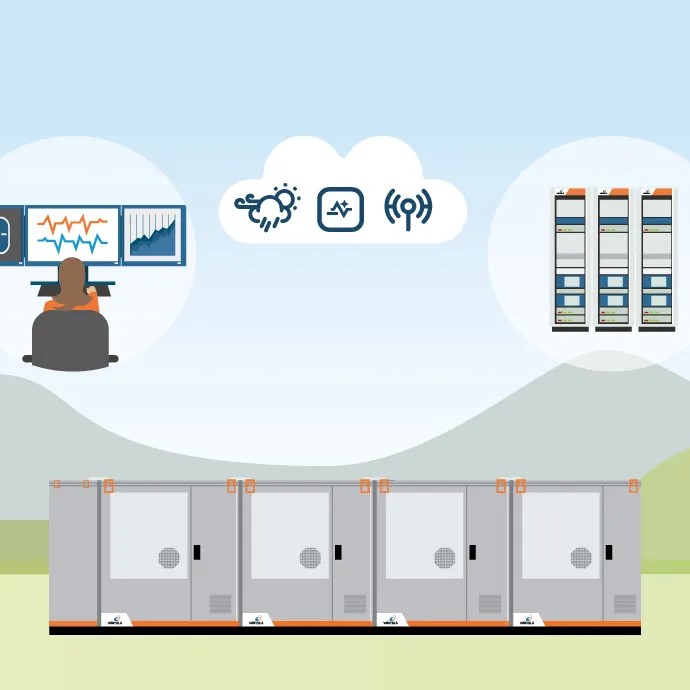 With the development of science and technology, energy storage is one of the most effective ways to solve the problem of ...
With the development of science and technology, energy storage is one of the most effective ways to solve the problem of ...
 With the development of science and technology, energy storage is one of the most effective ways to solve the problem of ...
With the development of science and technology, energy storage is one of the most effective ways to solve the problem of ...Application in Severe Climates
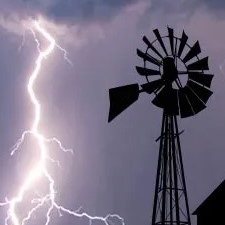 Operation in severe climates imposes special design considerations on wind turbines. Severe climates may include those with ...
Operation in severe climates imposes special design considerations on wind turbines. Severe climates may include those with ...
 Operation in severe climates imposes special design considerations on wind turbines. Severe climates may include those with ...
Operation in severe climates imposes special design considerations on wind turbines. Severe climates may include those with ...Wind Turbine for Onshore Application
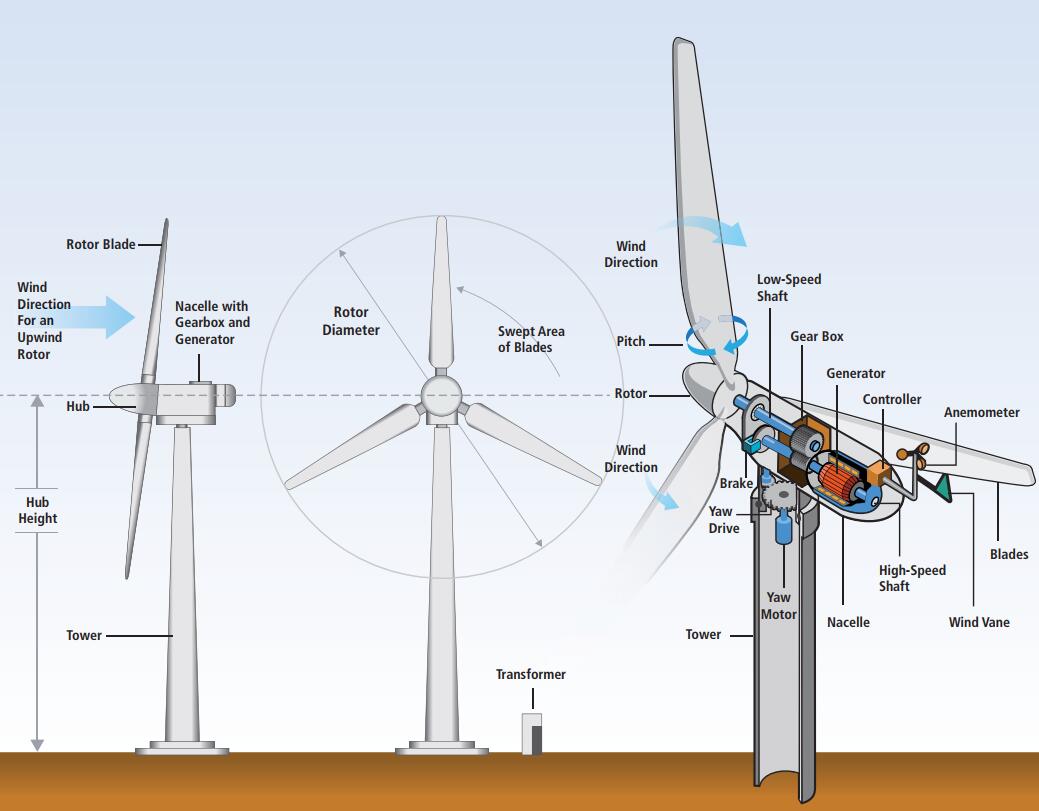 Modern, commercial grid-connected wind turbines have evolved from small, simple machines to large,highly ...
Modern, commercial grid-connected wind turbines have evolved from small, simple machines to large,highly ...
 Modern, commercial grid-connected wind turbines have evolved from small, simple machines to large,highly ...
Modern, commercial grid-connected wind turbines have evolved from small, simple machines to large,highly ...Applications for Small Wind Turbines
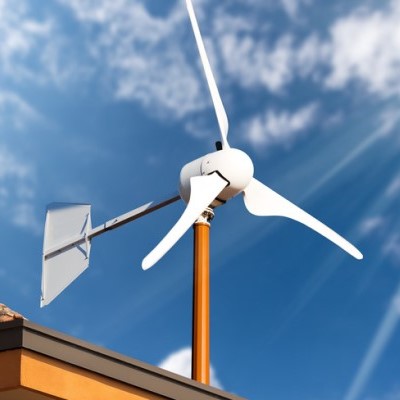 Small-scale wind energy is a small but rapidly growing segment of the RE industry in the US. Like other renewable sources, in its ...
Small-scale wind energy is a small but rapidly growing segment of the RE industry in the US. Like other renewable sources, in its ...
 Small-scale wind energy is a small but rapidly growing segment of the RE industry in the US. Like other renewable sources, in its ...
Small-scale wind energy is a small but rapidly growing segment of the RE industry in the US. Like other renewable sources, in its ...